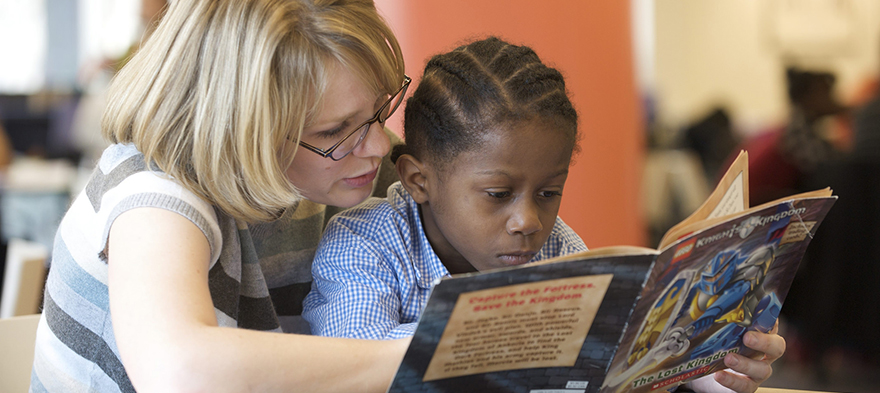
Apr 20, 2018 12:00:00 AM
Tom Rademacher (Mr. Rad to his students) is an English teacher in Minneapolis, Minnesota. In 2014 he was named Minnesota Teacher of the Year. He teaches writing and writes about teaching on his blog. His book, published by University of Minnesota Press, is called "IT WON’T BE EASY: An Exceedingly Honest (and Slightly Unprofessional) Love Letter to Teaching."
Few issues in education spark more tension and debate than standardized testing. Are they a tool for equity or a burden on students? A necessary check on school systems or a flawed measure of...
Charter schools are public schools with a purpose. Operating independently from traditional school districts, they're tuition-free, open to all students, and publicly funded—but with more flexibility...
Despite the benefits of a diverse teaching force, prospective teachers of color fall out of our leaky preparation pipeline at every stage: preparation, hiring, induction, and retention. Here’s what...
Ed Post is the flagship website platform of brightbeam, a 501(c3) network of education activists and influencers demanding a better education and a brighter future for every child.
© 2020-2025 brightbeam. All rights reserved.
Leave a Comment